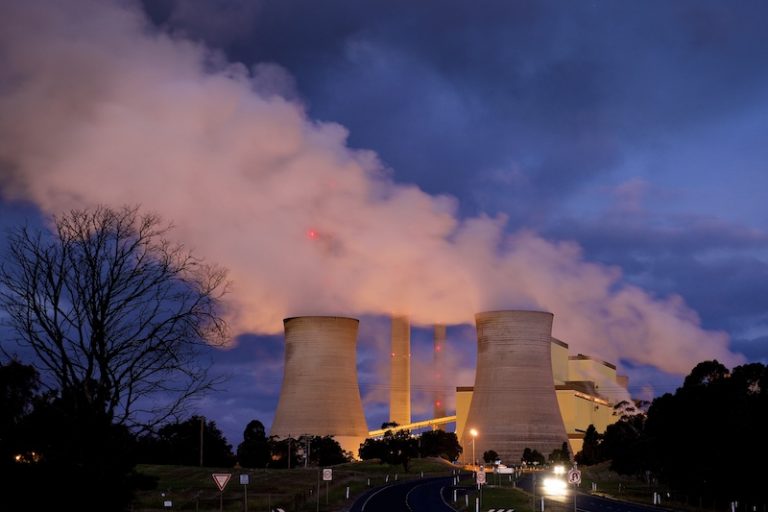

Hydrogen is being increasingly used as leverage to reignite the Australian gas network, with industry leaders attacking reforms reducing production and consumption. Rosco Jones reports.
One of the biggest gas infrastructure owners, the Australian Gas Infrastructure Group has come out against Victoria’s recent banning of gas lines to new homes as being inhibitive to renewable uptake, with the CEO of AGIG, Craig de Laine, expressing his opposition to the ban on new gas:
“The investment has already been made in the gas networks – it makes good sense for taxpayers to get the value from that investment and that asset, and continue to use it for decades to come.”
Current Victorian reforms have no impact on existing infrastructure, with new developments exclusively affected by the reforms. The limits on gas market expansion will have a serious impact on the Victorian gas industry’s future growth, however, with almost no possibility for new consumers entering the market. This is naturally worrisome to gas investors as Victoria represents the biggest gas consumer market, with 80% of households being gas connected and 40,000 new gas connections per year.
AGIG, in separate statement, said:
“Today’s announcement risks removing an important option to achieve that (emissions and cost minimisation) through renewable gases like green (renewably produced) hydrogen and bio-methane as a clean energy source.”
“Renewable gas” is a proposed substitution of a portion of the gas supply with cleaner fuels, with hydrogen the primary focus, however a growing number of studies having found the effect of using hydrogen mixed into the gas supply to have a negligible effect on total emissions.
Hydrogen mixing in gas supply is a limited technology with a maximum of 20% of the gas supply able to be substituted with hydrogen without complete infrastructure overhaul. A 15% hydrogen blend actually is projected to increase emissions by 2% in realistic circumstances, and in a best case scenario only decreases emissions by 3.6%.
Stalking horse for gas
The realised cost of these systems is currently an understudied field, with early studies indicating a carbon tax will need to charge in excess of $800 to be economically viable, a 5000% increase on Australia’s previous carbon tax of $23. As such, there are rising concerns that the extended usage of any gas would be at the expense of the environment.
Gas providers and their lobby groups are increasingly using their green hydrogen projects to pressure governments into continued natural gas usage. In response to the recent update of Western Australia’s Domestic Gas policy being passed ATCO cancelled plans for a $53 million dollar hydrogen electrolyser project, stating the gas reservation policy as a primary reason for the cancellation.
This puts politicians opposing natural gas usage in a difficult position, as they will either be forced to concede to the gas lobby or risk tarnishing their ecological efforts in the eyes of many of their supporters.
In the 2021 Western Australian election, this occurred, with the Liberal opposition repeatedly attacking the Labor parties renewable credentials for their lack of investment in hydrogen projects. An instance of this occurred in the Western Australian Parliament, with Dr Honey, the opposition leader, making the statement:
We’ve seen renewable innovators like Dr Andrew Forrest driven away to the Eastern States and overseas with their world-class multi-billion-dollar hydrogen-based renewable projects … A very fitting metaphor for Labor’s lack of commitment to renewables.
Victoria’s brown hydrogen
Fossil fuel interests are becoming more and more able to shame their opposition into conceding to their interests or open themselves up for claims of hypocrisy. Victoria’s Labor party has just recently amended their policy on hydrogen, making the “minister for planning the responsible authority for large-scale hydrogen gas production projects”.
This has raised concerns with Japanese investors who have recently signed with the government to produce hydrogen from brown coal for energy export as part of the Hydrogen Energy Supply Chain (HESC). It is expected to produce 225 million kgs of hydrogen per year, and whilst it is billed as a “clean” project can be expected to produce as much as 2 billion kgs of CO2 equivalent according to internal calculations increasing Victoria’s total emissions by ~3%.
This change in legislation represents a significant boundary to hydrogen projects as ministers seek to decrease Victoria’s carbon footprint to meet election promises. With greater oversight projects which contribute excessively to Victoria’s environmental footprint will likely be cancelled, placing HESC’s $2.25 billion in foreign investment in jeopardy.
Evidence is building, both in Australia and overseas, that any hydrogen may not be the answer for a clean future.
Photo above: Visit Latrobe
Michael West Media
https://www.michaelwest.com.au/

